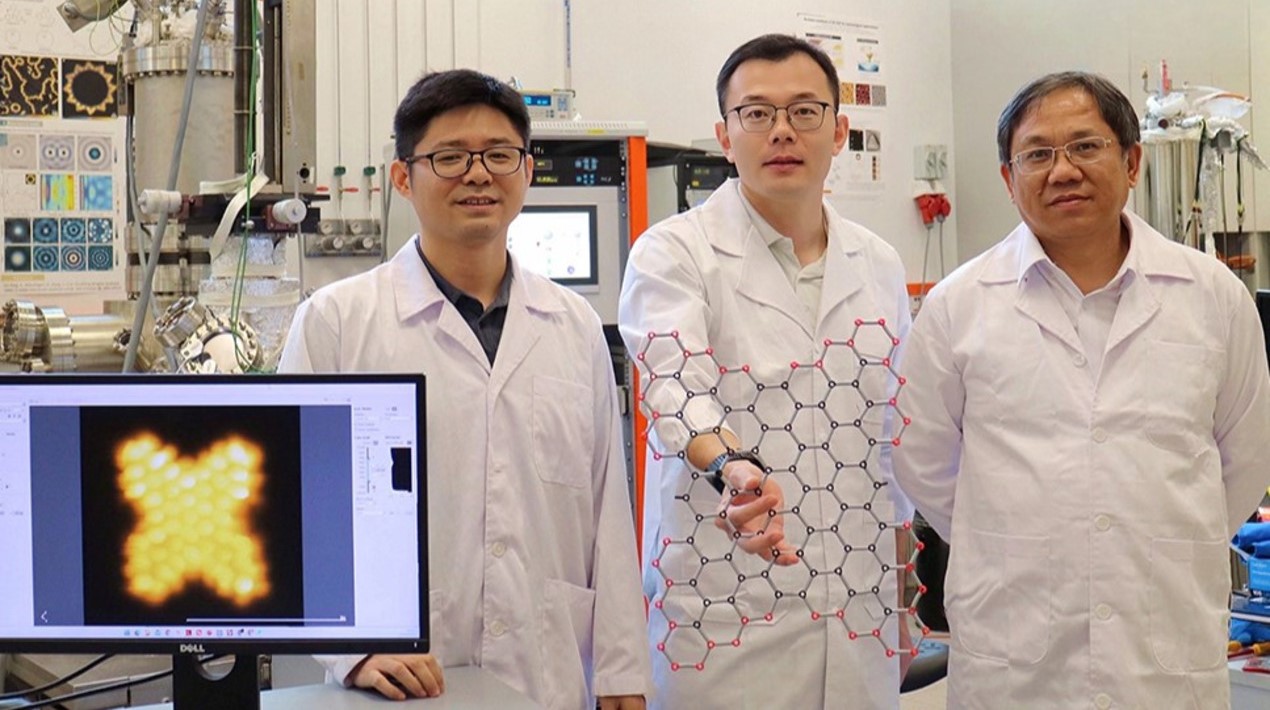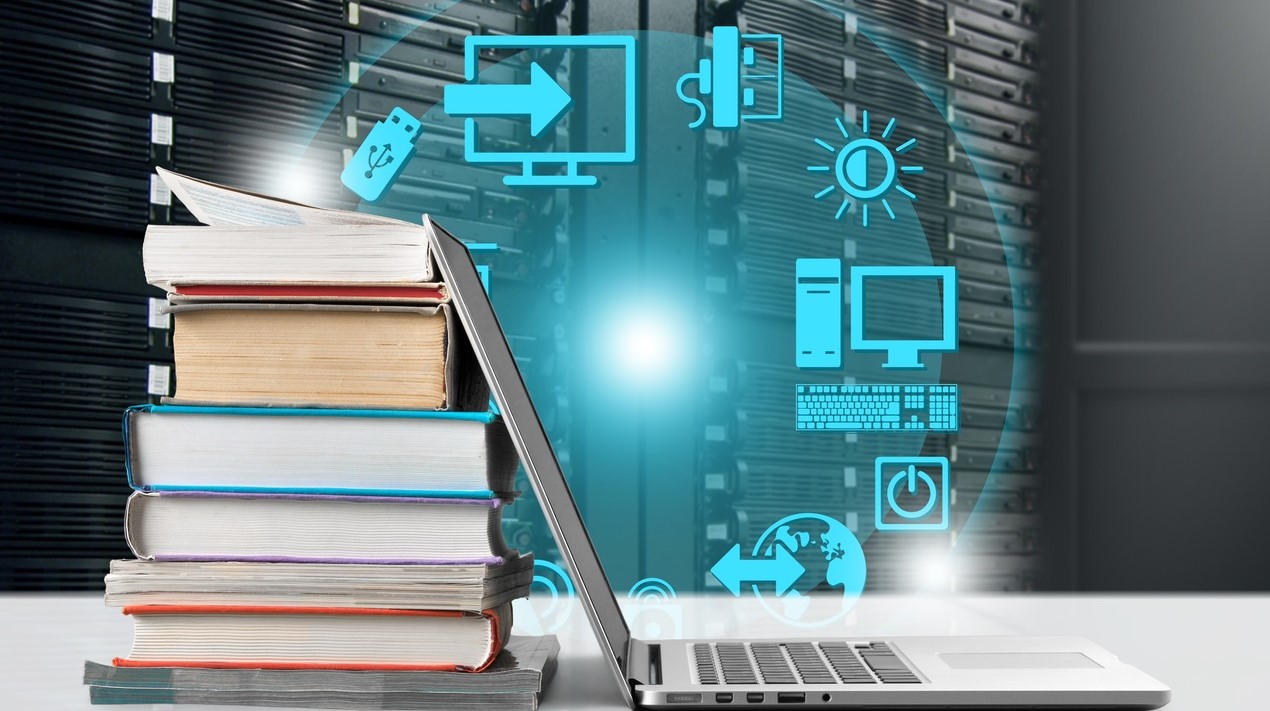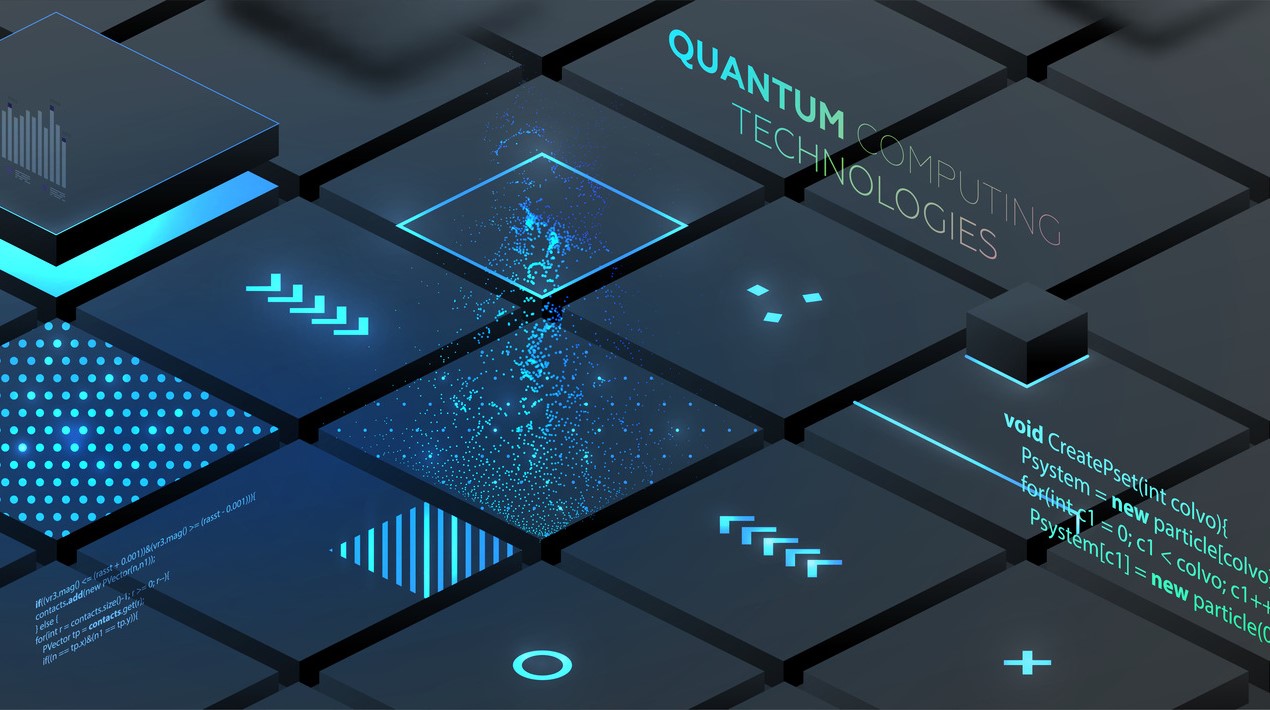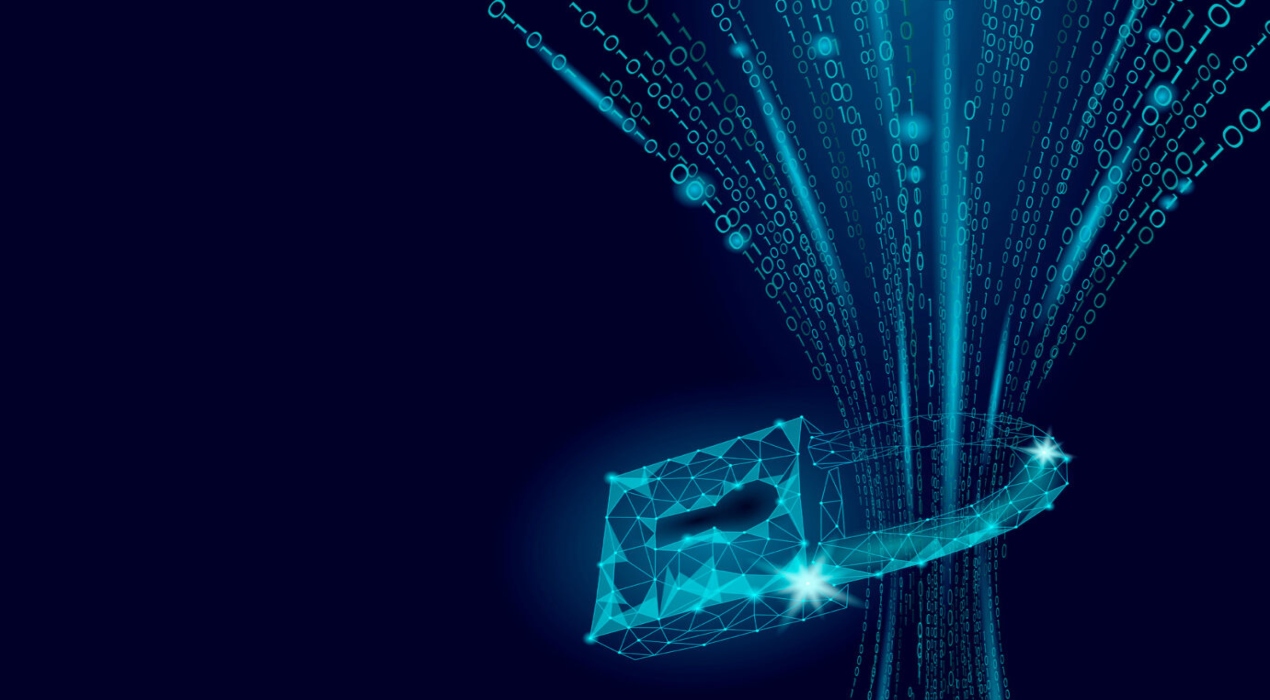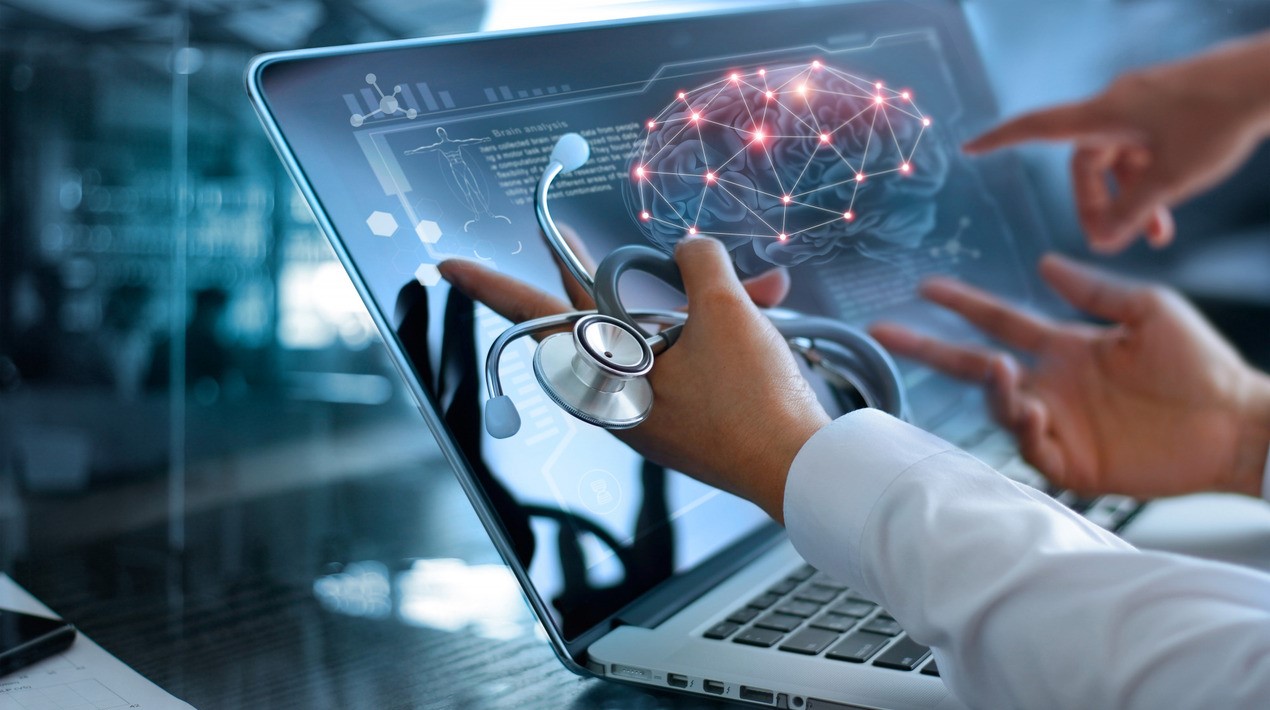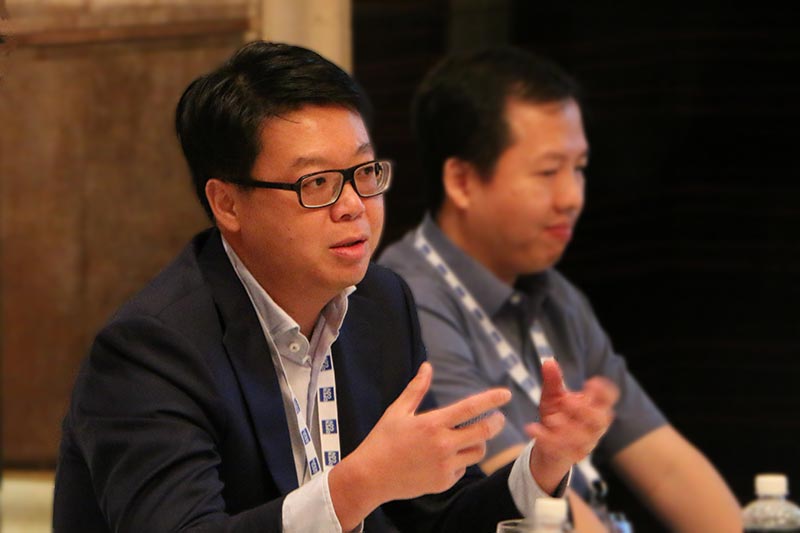
OpenGov obtained a tantalising glimpse into the possibly not-so-distant future through a conversation with Zeck Lim, Director, Technology Solutions, Infocomm Development Authority (IDA) of Singapore.
Current areas of focus
At the moment, our department is exploring and delivering on technology which helps us to build a Smart Nation, which includes several of the following areas of focus.
Sustainability
The first one is sustainability. The Green Data Centre program was launched with that in view.
Singapore is a leading regional hub for data centres and we want to continue to ensure that we are an attractive location.
Within the data centre sector, we are looking into three areas: Scaling up data centres sustainably, exploring cutting-edge technologies, and developing capabilities and expertise.
In order to scale data centres while remaining sustainable, we need to explore how to reduce energy consumption and emissions. Currently, we are looking to existing technologies and tweaks in current practices to lower energy usage; concurrently we are also exploring potentially game-changing technologies in areas such as data centre facility cooling solutions, high-temperature IT hardware and software solutions and waste energy usage. There are commercial products under each of these areas alongside new solutions being developed which combine two or more of these areas in new and interesting potential solutions worth exploring.
One major way we are doing so is with our Tropical Data Centre proof-of-concept. If we can boost overall data centre energy efficiency through allowing for higher ambient operating temperature and humidity levels it could significantly reduce energy consumption, and operating costs to the operator.
Network communications
Secondly, we are looking at emerging technologies in the network communications field. We are exploring possible answers to questions such as how to increase resiliency, enable faster communication, faster re-routing of traffic, faster redundancy-switching and so on.
We talk about Software Defined Everything, IoT (Internet of Things), which encompasses M2M (Machine to Machine) communication.
Minister (Smart Nation) Vivian Balakrishnan spoke about the aspiration of having national operating systems for 100 million smart objects.
We have to think about what kind of network would be required for supporting all these devices. Do we need a separate network? We also need to look into how to handle the data from all those devices, how to store, access and use the data. The sensors need not be accessed directly by different entities. There can be different authorisation mechanisms in place to control access.
These are still nascent concepts. The question is, if and when they become mainstream, what will be the implications? What are we going to need? We need to make the conscious choice to study these technologies.”
Artificial intelligence (AI)
The third big area we are looking at is AI and cognitive computing. We are studying deep learning, machine learning, natural language processing. The potential is huge.
In a sense, AI is already here. But if you want your machine to ingest data, analyse it and give you advice that is already being done today, that is narrow AI1 and then there’s broad AI. If you are talking about broad AI, that is still in the future.
There is a long way to go to have a computer thinking like a human. When I say, “This is coffee”, for a machine to understand that, it needs to understand my accent first. Even then, the machine still doesn’t understand the concept of coffee. It can have access to all the repositories of information from around the world. It could tell us the entire history of coffee. But it still has no concept of what is coffee in the way you or I would know or understand what is coffee.
Right now, mainstream computational models are about simulating the results of something, not the thought itself. Even in deep learning, you have to provide data and then the system uses models and computing power from GPUs. But the way it processes the information is still different from the way the human mind operates. It’s a fine line but an important one.
IoT standards and growth
Fourthly, in Singapore, we have an IoT steering committee for helping set standards. IoT security standards also have to be considered. I believe these nitty-gritties will iron themselves out. If there is a necessity, a business need, people are going to come together.
If you need to measure temperature or humidity, sensors will be installed. With IoT, we face the challenge of backhaul communication from the sensor. We have options such as Low Power Wide Area networks (LPWAN) for supporting sensors, which require low mobility and low power consumption, over long range at a low cost. Narrow-Band technologies, like SigFox and LORA have been out for a while.
Your cell-phone battery lasts a day. It might increase up to 6 months with improvement. With LPWAN, your sensors might have battery life in excess of ten years. The price of LTE (Long-Term Evolution)2 type cellular chips has dropped drastically from 50 dollars to less than 5 dollars.
All this will encourage the use of connected sensors and result in expansion of IoT.
Internet of the future
The Internet is still the underlying platform on which everything sits. What is the Internet going to look like in ten years? Different models are being tried in various countries. Which model is the world going to follow? How will the giants reshape the landscape?
Other areas include encryption. Consider blockchain, another potential disruptive technology. It could foster many disruptive business models.
On top of these disruptive game-changers are existing legacy areas which will need to be worked on in tandem. Going back to data centres, the implementation of green technologies into the building infrastructure, retrofitting them, for example, could be difficult to do given their requirements to be always available. While we’ve introduced standards and certifications – such as our Green Mark for Data Centres – to encourage existing and new data centres to be more energy efficient, we can always do more to encourage awareness of new technologies and solutions, as well as encourage take-up.
At the same time, you need to ensure you have key stakeholders on board. Whether they’re the enterprises themselves, IT equipment manufacturers, end-users, R&D organisations, and so forth. We need to co-create and work together when formulating a strategy if we want to realize our Smart Nation ambition and goals.
We are living in very interesting times. With disruptive technologies and business models such as the sharing economy, it is almost like the 90s when the Internet redefined our lives and society. We do not have all the answers about what the future will look like. But we need to keep exploring, so that we can be ready when it arrives.
1 Narrow or Weak AI is non-sentient and focused on one narrow task.
2 A standard for high-speed wireless communication for mobile phones and data terminals



